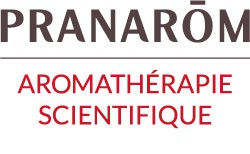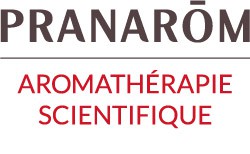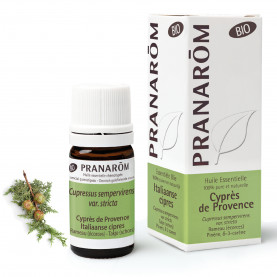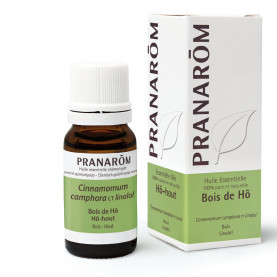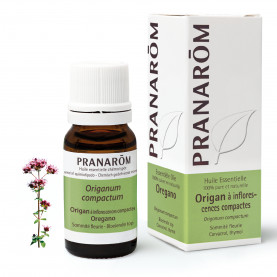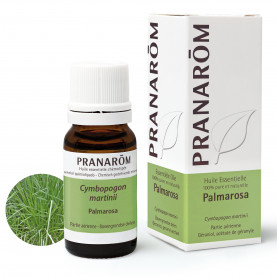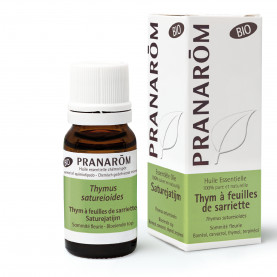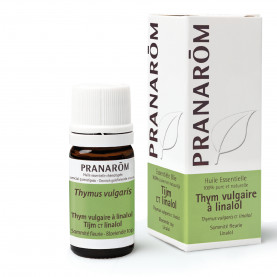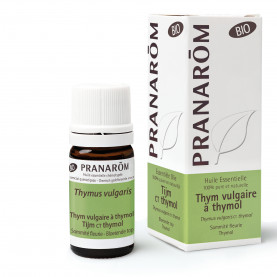Filter By
Respiratory Health
The prices mentioned correspond to our price list. They are given as an indication.
Your order will be invoiced with your commercial conditions (application of free and/or discounted rates). The commercial conditions do not concern the prices of the trainings.
The terms of payment applied will be those in force at the time of your order.
Active filters
- Field of application: Urinary Tract
Evergreen cypress
Cupressus sempervirens var. stricta
CTEO - TOP NATURAL AND ORGANIC
Native to Asia, this tree with greyish-brown bark has very small, dark green leaves and small groups of flowers at the end of its branches. The fruit is a green ovoid cone (4 cm) which turns brown upon maturity, with overlapping scales. These large, pyramidal evergreen trees were dedicated to Pluto, God of the Underworld, which explains their frequent presence in cemeteries.
16597
Cupressus sempervirens var. strictaEvergreen cypress
Cupressus sempervirens var. stricta
CTEO - TOP NATURAL AND ORGANIC
Native to Asia, this tree with greyish-brown bark has very small, dark green leaves and small groups of flowers at the end of its branches. The fruit is a green ovoid cone (4 cm) which turns brown upon maturity, with overlapping scales. These large, pyramidal evergreen trees were dedicated to Pluto, God of the Underworld, which explains their frequent presence in cemeteries.
16595
Cupressus sempervirens var. strictaHo wood
Cinnamomum camphora
CTEO - TOP NATURAL AND ORGANIC
The Bois de Hô is related to the Cinnamomum family, like Ravintsara for example. The full botanical name is also Cinnamomum camphora CT linalool which could lead to think that it is Ravintsara but it is of a very different chemotype. Ho Wood essential oil is obtained by distilling the bark of a Chinese tree, also called Shiu wood or Chinese laurel. Twin of the Bois de Rose; Ho Wood essential oil has excellent efficacy and good skin tolerance.
16112
Cinnamomum camphoraHo wood
Cinnamomum camphora
CTEO - TOP NATURAL AND ORGANIC
The Hô wood is related to the Cinnamomum family, like Ravintsara for example. The full botanical name is also Cinnamomum camphora CT linalool which could lead to think that it is Ravintsara but it is of a very different chemotype. Ho Wood essential oil is obtained by distilling the bark of a Chinese tree, also called Shiu wood or Chinese laurel. Twin of the Rose wood; Ho Wood essential oil has excellent efficacy and good skin tolerance.
5455
Cinnamomum camphoraMorrocan oregano
Origanum compactum
CTEO - TOP NATURAL AND ORGANIC
Native to North Africa, this aromatic plant thrives on thin soil on a sunny mountainous slope. Its dark green, spicy-tasting leaves are oval and pointed, and its flowers are found in compact, scented pinkish purple inflorescences.
478
Origanum compactumMorrocan oregano
Origanum compactum
CTEO - TOP NATURAL AND ORGANIC
Native to North Africa, this aromatic plant thrives on thin soil on a sunny mountainous slope. Its dark green, spicy-tasting leaves are oval and pointed, and its flowers are found in compact, scented pinkish purple inflorescences.
7441
Origanum compactumPalmarosa
Cymbopogon martinii var. motia
CTEO - TOP NATURAL AND ORGANIC
"This grass of Indian origin has long, narrow leaves and linear inflorescences. With its very pleasant fragrance, this essential oil is ideal for all fungal, scarring and eczematous skin ailments. Definitely one of the 10 major essential oils."
870
Cymbopogon martinii var. motiaPalmarosa
Cymbopogon martinii var. motia
CTEO - TOP NATURAL AND ORGANIC
"This grass of Indian origin has long, narrow leaves and linear inflorescences. With its very pleasant fragrance, this essential oil is ideal for all fungal, scarring and eczematous skin ailments. Definitely one of the 10 major essential oils."
223
Cymbopogon martinii var. motiaSavory thyme
Thymus satureioides
CTEO - TOP NATURAL AND ORGANIC
Native to North Africa, this plant grows on stony, rather arid soil. Thyme is the prime example of a plant species that illustrates the concept of chemotype. There are several chemical races of thyme, and the chemical composition of the essential oil varies according to the biotope in which it grows. The factors influencing the composition, and thus the therapeutic activity, are amount of sunlight, altitude, soil type, air purity, etc.
15217
Thymus satureioidesSavory thyme
Thymus satureioides
CTEO - TOP NATURAL AND ORGANIC
Native to North Africa, this plant grows on stony, rather arid soil. Thyme is the prime example of a plant species that illustrates the concept of chemotype. There are several chemical races of thyme, and the chemical composition of the essential oil varies according to the biotope in which it grows. The factors influencing the composition, and thus the therapeutic activity, are amount of sunlight, altitude, soil type, air purity, etc.
15219
Thymus satureioidesThyme ct linalol
Thymus vulgaris
CTEO - TOP NATURAL AND ORGANIC
Thymus is a genus of the Lamiaceae family which includes more than 300 species. They are plants, rich in essential oils, creeping or in cushion bearing small pale pink or white flowers. Thyme linalool can form homogeneous populations at small sites. In all these cases, the habitat is located at medium altitude, between 500 and 1000 meters and characterized by less intense sunshine, lower temperature and higher air humidity than in the plain. However, this thyme can grow under very different ecological conditions.
2439
Thymus vulgarisThyme ct linalol
Thymus vulgaris
CTEO - TOP NATURAL AND ORGANIC
Thymus is a genus of the Lamiaceae family which includes more than 300 species. They are plants, rich in essential oils, creeping or in cushion bearing small pale pink or white flowers. Thyme linalool can form homogeneous populations at small sites. In all these cases, the habitat is located at medium altitude, between 500 and 1000 meters and characterized by less intense sunshine, lower temperature and higher air humidity than in the plain. However, this thyme can grow under very different ecological conditions.
620
Thymus vulgarisThyme ct thujanol
Thymus vulgaris
CTEO - TOP NATURAL AND ORGANIC
"This is a small corky bush, which can reach 40 cm in height. It has small curved leafs, deep green coloured on the edge, which are hairy and twined. The chemical polymorphism of the vulgar thyme has been initiated by Granger and al. in 1963. Between 1971 and 1986, Granger and Vernet and al. identified 6 chemotypes of thyme. It concerns the geraniol, the a-teripeol, the thuyanol, the linalol, the carvacrol and the thymol."
628
Thymus vulgarisThyme ct thymol
Thymus vulgaris
CTEO - TOP NATURAL AND ORGANIC
"This perennial bush, can reach 30 cm in height. It has small spearlike leaves curled up at the edges. The stem is ligneous and the branches ascendant. The flowers are coloured rosy-white and grouped in a dense inflorescence. The vulgar thyme ct thymol is one of the 6 thyme chemotypes identified by Passet, Granger and Vernet and al. They are present in Southern France (especially in the Provence) o a limy soil."
633
Thymus vulgarisThyme ct thymol
Thymus vulgaris
CTEO - TOP NATURAL AND ORGANIC
"This perennial bush, can reach 30 cm in height. It has small spearlike leaves curled up at the edges. The stem is ligneous and the branches ascendant. The flowers are coloured rosy-white and grouped in a dense inflorescence. The vulgar thyme ct thymol is one of the 6 thyme chemotypes identified by Passet, Granger and Vernet and al. They are present in Southern France (especially in the Provence) o a limy soil."
2438
Thymus vulgarisWinter savory (Mountain savory)
Satureja montana
CTEO - TOP NATURAL AND ORGANIC
Winter savory provides an essential oil which has been widely studied at French universities for its anti-infectious properties. It is an indispensable tool in the fight against pathogens, although its regular use is limited because of its dermocaustic effect on sensitive skin, or when used undiluted. This perennial plant, with short, very leafy stems, can be found on limy low mountains and hillsides.
594
Satureja montana


